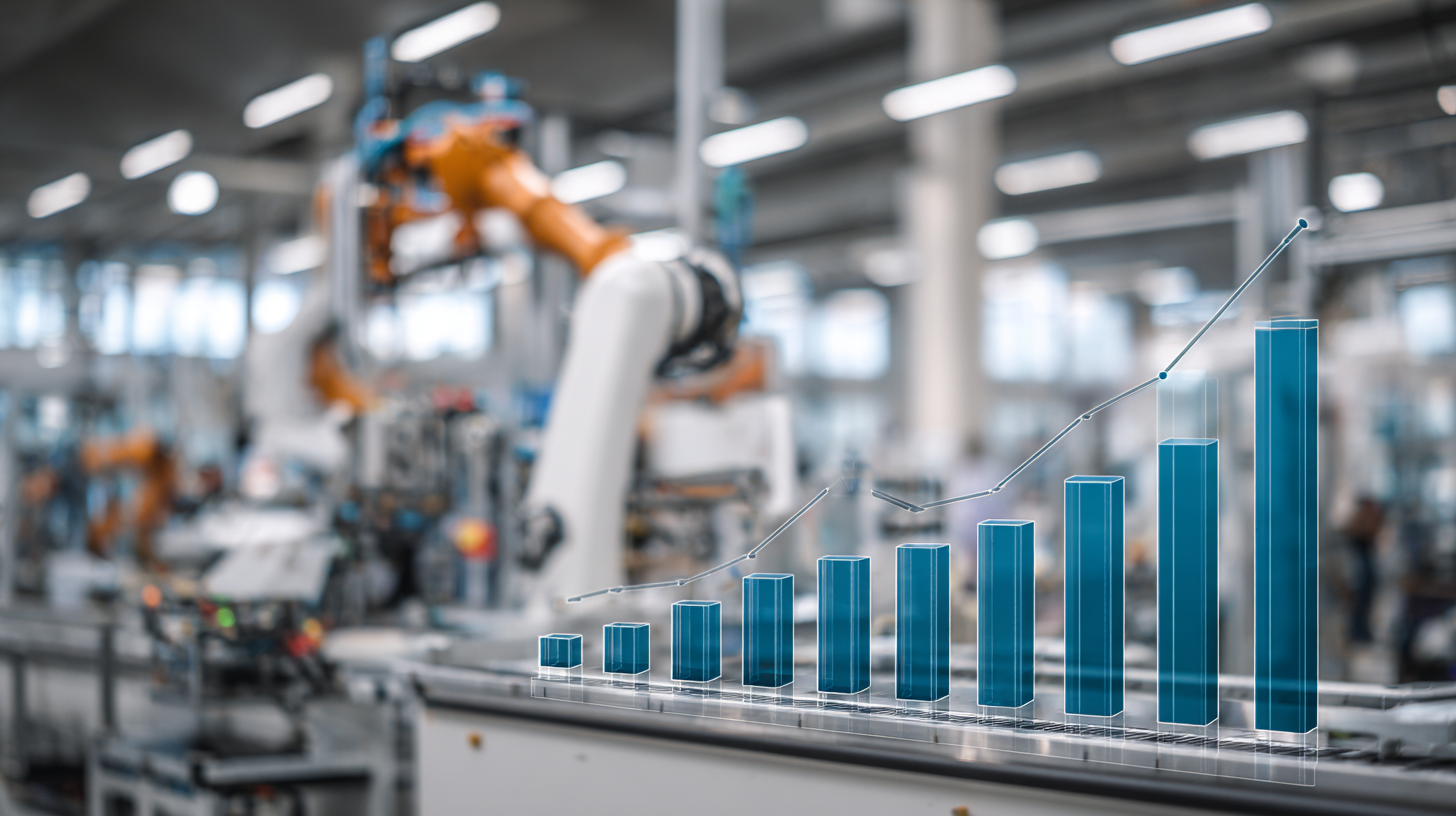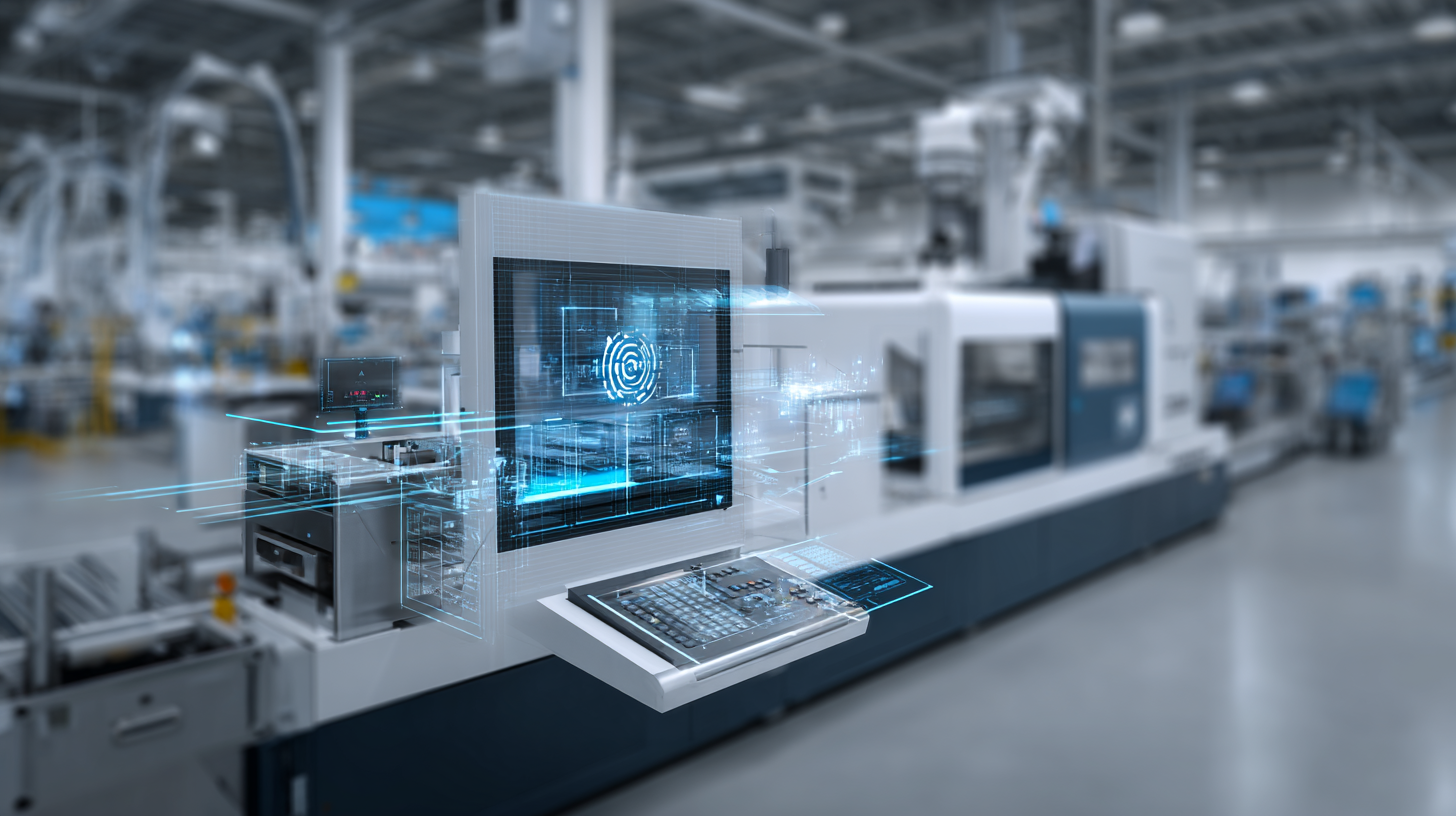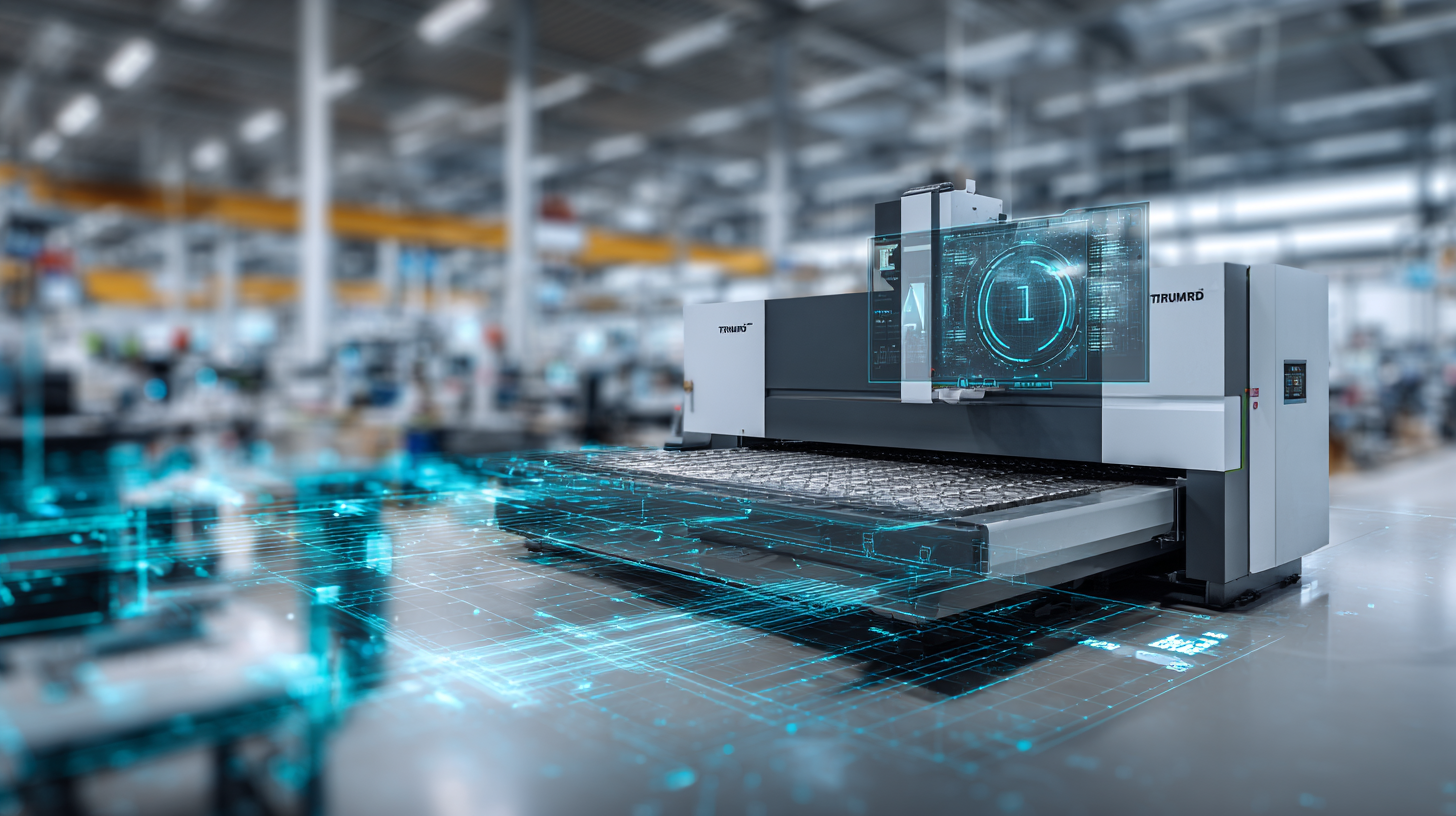TRUMPF’s new AI Cutting Assistant is sending shockwaves through the manufacturing world. This advanced artificial intelligence tool can independently program optimal cutting parameters for laser machines, raising a provocative question: Could it spell the end of traditional CNC programming jobs? In an era of Industry 4.0 and skilled labor shortages, such AI-driven automation promises unparalleled efficiency — but it also challenges the role of human programmers. Globally, manufacturers are watching closely. Even companies like Mehbud — a leading Ukrainian producer of fences, façade systems, and metal ceiling structures — recognize that to stay competitive, they must embrace disruptive technologies. In this article, we delve into how TRUMPF’s AI Cutting Assistant works, its impact on programming jobs, and similar AI tools reshaping the industry.
Why TRUMPF’s New AI Cutting Assistant Could Kill Traditional Programming Jobs
The Rise of AI in Manufacturing Programming
Automation in manufacturing is not new, but recent AI advancements are accelerating a paradigm shift. Smart factories around the world are leveraging AI to optimize tasks that once demanded expert programmers. In fact, 20% of companies in Germany now use AI technologies, a number that is growing globally. The motivation is clear: manufacturers face a chronic skills shortage — for example, the U.S. is projected to have 2.1 million unfilled manufacturing jobs by 2030. AI offers a solution to fill this gap. Rather than waiting weeks for an experienced CNC programmer, AI systems can generate machine instructions in minutes. Interestingly, only 28% of manufacturing workers currently fear losing their jobs to automation — likely because demand for skilled labor remains high — but tools like AI cutting assistants may soon challenge that complacency.
Industry analysts often frame these AI tools as augmenting human labor, but their rapid improvements suggest they could eventually outperform human programmers on routine tasks. The stage is set for a disruptive change in how we program and operate cutting machines.

Inside TRUMPF’s New AI Cutting Assistant
TRUMPF, a global machine tool leader, unveiled its AI-powered “Cutting Assistant” in 2025 with bold claims. This assistant uses a simple workflow: a production worker scans the cut edge of a metal part using a handheld scanner, and the AI algorithm analyzes the edge quality (looking at factors like burr formation). Based on this image data, the system automatically suggests optimized laser cutting parameters to eliminate defects. The machine then recuts the material with the new settings. If the result isn’t perfect, the AI refines its suggestions and tries again. In practice, it only takes a few iterations — about five runs — to achieve perfectly cut edges with no human expertise or programming required. This is astonishing because tasks that once required a seasoned CNC programmer adjusting parameters by trial-and-error can now be handled by an AI in a closed-loop process.
The Cutting Assistant effectively removes the need for manual programming of cutting parameters. TRUMPF integrated the assistant into the machine’s software, so its recommendations load directly without any G-code tweaking by an operator. According to TRUMPF, this not only saves time and reduces errors, but also helps fabricators tackle the skilled worker shortage by making high-quality results achievable even with less-experienced staff. In other words, an apprentice with a scanner and AI guidance can do what yesterday required a veteran programmer. TRUMPF’s product managers tout this as a productivity breakthrough: “AI-enabled tools can help overcome problems related to the skilled worker shortage and also save time and money,” noted one manager. For manufacturers, it means faster setup, less scrap, and consistently optimal cuts without relying on a handful of programming wizards.
How does it work under the hood? TRUMPF’s team trained the Cutting Assistant’s algorithm on over 100,000 sample images of cut edges, teaching it to recognize subtle quality issues and correlate them with laser parameters. The AI evaluates edge smoothness objectively and learns from each adjustment it makes. As a self-learning system, it keeps improving with real-world use — without “stealing” or exposing any proprietary know-how in the process, thanks to secure data handling. TRUMPF even allows customers to download regular AI model updates to their machines. The result is a continuously evolving assistant that gets smarter over time. This kind of AI-driven optimization, embedded right into CNC equipment, is a prime example of how machine programming is being reimagined.

Will AI Replace the CNC Programmer?
The notion that an AI assistant could “kill” traditional programming jobs is provocative — and it’s exactly what many in the industry are contemplating. AI like TRUMPF’s Cutting Assistant essentially automates a task that was a core part of a CNC programmer’s job: determining the correct machine settings for a quality result. When an algorithm can do this in seconds, the role of a human programmer inevitably changes. Does this mean layoffs? Not overnight, but the writing is on the wall for certain routine programming duties.
Consider the perspective of forward-looking companies. CloudNC, a UK-based manufacturer and AI developer, has created a “CAM Assist” system that can auto-generate machining strategies for milling parts. They report that their AI-driven software can complete the toolpath programming for many components without any human intervention. In one example, CloudNC’s CAM Assist was shown to shorten the programming and setup process by an average of 63 minutes per part. That is time a human programmer would normally spend. CloudNC’s goal of “single-click manufacturing” underscores a future where once-complex programming tasks are handled by algorithms in moments.
In the short term, AI tools often act as assistants rather than outright replacements. Companies deploying them argue that they free up human experts for more complex and creative work. For instance, CloudNC observed that with AI help, experienced engineers spend less time on tedious programming and more on high-value tasks, junior programmers ramp up faster, and factories get more throughput with less waste. This optimistic view suggests that AI will shoulder the grunt work while humans supervise and tackle exceptions. Indeed, many manufacturers welcome AI as a remedy for the talent crunch — a way to produce more with the staff they have, rather than a means to cut headcount.
However, as AI capabilities advance, the balance could tip. Today’s “assistant” can become tomorrow’s expert. If a laser cutting AI can self-optimize parameters for any material and thickness in a few tries, a shop might not need a full-time programming specialist for that task. Multiply this across other processes — welding, milling, even quality inspection — and you can see a scenario where the demand for traditional CNC programming roles diminishes. A generation of older programmers may retire without being replaced, as their knowledge is effectively distilled into AI systems. New job roles will emerge, focusing on managing AI-driven processes and data rather than manually writing code. In that sense, AI cutting assistants could indeed “kill” the traditional programming job as we know it, by rendering many of its duties obsolete.
It’s worth noting that the transition will be gradual and will vary by region and industry. Some highly custom or complex fabrication work will still need human ingenuity for years to come. But for standardizable tasks like optimizing cut parameters or generating routine toolpaths, the competitive pressure will push companies to adopt AI. Those who cling to manual programming for basic jobs may find themselves too slow or too costly. The provocative truth is that if an AI can do it faster, companies will prefer the AI. The role of the human in the loop then shifts to one of oversight, exception handling, and higher-level decision-making.

Beyond TRUMPF: AI Tools Transforming Fabrication
TRUMPF’s Cutting Assistant is not an isolated example — it’s part of a bigger wave of AI innovation sweeping through fabrication shops globally. In fact, TRUMPF itself has deployed AI in other areas of its operations. A striking case study comes from laser welding: TRUMPF’s VisionLine Detect system uses an AI model to identify weld spots on parts, something that used to require painstaking programming by an expert. Now, a user can simply upload a few images of the part and mark the weld locations, and the AI trains itself to recognize those points on all similar parts. The result? The machine can precisely place thousands of welds without a programmer writing a single line of code. This real-world example shows AI taking over a complex programming task — and performing it with “unparalleled precision”. It not only saves enormous time, but also ensures consistency in a way manual programming might not.
Similar AI-driven tools are emerging across the industry. Third-party solutions like GaussML’s Optimyzer apply AI to laser cutting parameters for any brand of machine. Manufacturers using Optimyzer have achieved up to 60% faster cutting speeds and 28% higher cut quality, while reducing gas consumption by nearly a quarter. Impressively, the AI typically finds the optimal settings in under five test runs — a process that could take a human programmer many hours of tweaking. The software learns the specific machine’s quirks and the material’s behavior, continually refining its recommendations. Notably, companies have used it successfully on lasers from Amada, Bystronic, Prima Power, TRUMPF and more, proving that AI optimization isn’t limited to one manufacturer’s ecosystem. From automated bend angle corrections in press brakes to AI vision systems sorting sheet-metal parts, every aspect of fabrication is seeing a boost from artificial intelligence.
The global reach of these technologies is evident. In the automotive sector, for instance, AI-based quality control and process tuning have increased throughput and reduced errors in high-volume production. In Asia and North America, large fabricators are investing in AI enhancements to stay competitive on cost and precision. What’s driving this adoption is not just the tech “wow” factor, but clear ROI: higher productivity, less scrap, and the ability to operate with fewer seasoned specialists. As one report notes, AI has become a “cornerstone” of modern manufacturing strategy at innovative companies. We are witnessing a transformation where complex programming knowledge is being built into machines. The trade-off is that while shops become more efficient, the traditional know-how of a skilled programmer is less visible — it’s hidden inside an AI’s training data and algorithms.
Global Implications and the Road Ahead
The advent of AI cutting assistants raises both excitement and concern on a global scale. For manufacturers in regions facing severe labor shortages, these tools are a godsend to maintain production levels. In Europe, for example, companies quickly adopt AI to offset the lack of qualified technicians. In emerging markets and developing manufacturing hubs, AI offers a way to leapfrog to state-of-the-art processes without decades of accumulated human expertise. Mehbud, as a modern manufacturer in Ukraine, exemplifies this forward-thinking approach. The company’s success with custom architectural metalwork — from decorative fences to complex façade systems — has always rested on quality and efficiency. By embracing AI-driven solutions like TRUMPF’s Cutting Assistant, Mehbud can continue to deliver impeccable quality and reliable turnaround while relying less on scarce expert programmers. Advanced automation aligns with Mehbud’s commitment to reliable anti-corrosion protection and aesthetic design in its products, ensuring consistency at scale.
Of course, the flip side of widespread AI adoption is the need to retrain and redeploy the workforce. The traditional CNC programmer role is evolving, not disappearing overnight. Companies will increasingly seek professionals who can oversee AI systems, interpret data, and handle exceptional cases that AI can’t solve. There will be a growing premium on skills like AI model tuning, data analysis, and integrated system design — areas where human creativity and holistic thinking are still essential. As one TRUMPF training leader put it, the biggest transformation is teaching people to understand how AI works and to identify what data is relevant. In the long run, the manufacturing sector might see fewer manual programmers but more AI supervisors and process engineers who work in tandem with intelligent machines.
The journey has just begun. TRUMPF’s Cutting Assistant and its ilk hint at a future where machine programming is largely automated. This doesn’t mean manufacturing jobs vanish; rather, they shift. The winners in this new landscape will be companies and workers who adapt — those who pair human ingenuity with AI’s tireless efficiency. For a company like Mehbud, staying at the cutting edge of these trends cements its position as a trusted partner for architects and builders, capable of leveraging the latest technology to deliver superior results. The message is clear: AI cutting assistants are here to stay, and they will irreversibly change how we approach manufacturing tasks. Traditional programming jobs as we knew them may be on the way out, but a new era of smarter manufacturing and upskilled human roles is rising in their place. It’s a disruptive, exciting, and perhaps a little unsettling revolution — one that’s sweeping the globe one cut at a time.


